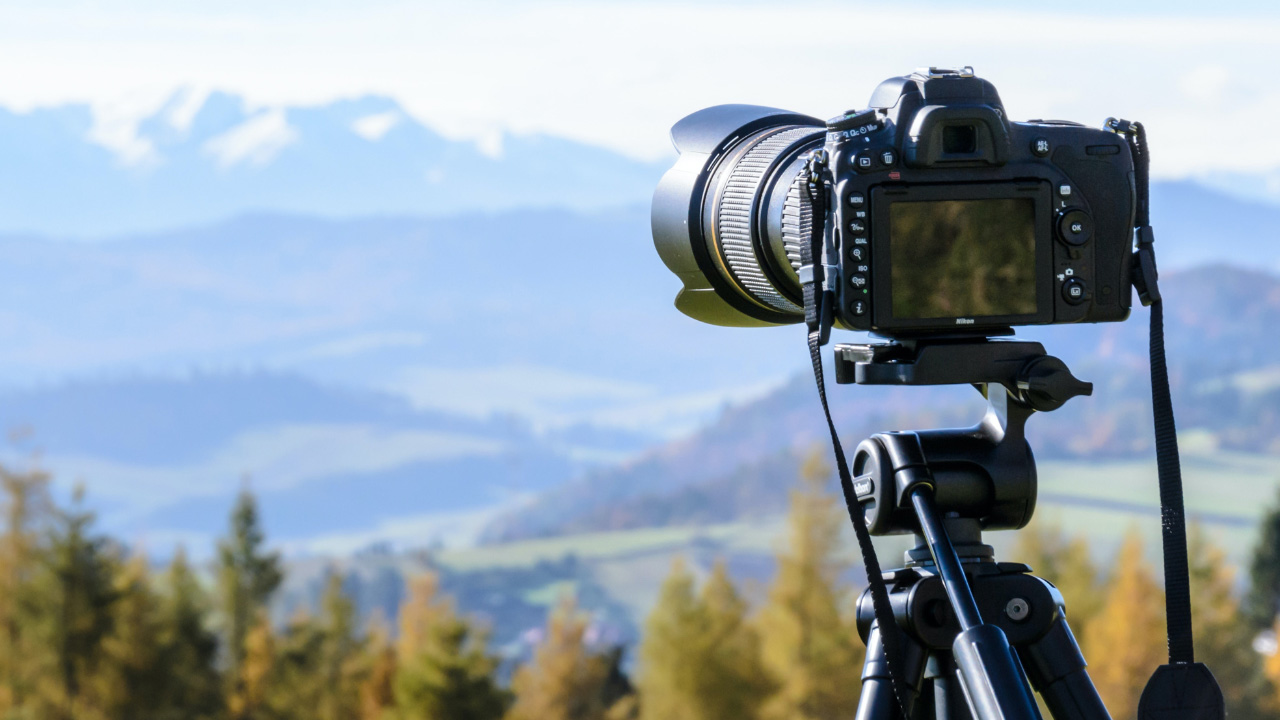Cloud Thinking Is Back: How Do You Photograph Clouds and Sunlight Without Overexposing Your Images?

Photographing clouds and sunlight can be a challenging task for photographers, as it requires a delicate balance between capturing the detail of the clouds and maintaining the proper exposure.
Clouds can easily become overexposed, losing all of their texture and detail, or underexposed, resulting in a flat and lifeless image. Sunlight, on the other hand, can be harsh and direct, leading to overexposed images.
However, with the right techniques and equipment, photographing clouds and sunlight can produce stunning and awe-inspiring images.
Use a graduated natural density filter
One of the key techniques to photographing clouds and sunlight is to use a graduated neutral density filter. These filters are essential for balancing the exposure between the bright sky and the darker foreground and are especially useful when photographing landscapes that include both the sky and the ground.
A graduated neutral density filter is darker at the top and gradually fades to clear at the bottom. This allows the photographer to darken the sky and maintain the proper exposure for the ground.
Optimize your camera settings
Another technique for photographing clouds and sunlight is to use the right camera settings. When shooting in manual mode, it’s important to adjust the aperture, shutter speed, and ISO to achieve the desired exposure.
When shooting during the early morning or late afternoon, it’s best to use a narrow aperture (high f-stop number) to increase the depth of field and allow for a sharper image. It’s also important to use a low ISO setting to reduce noise in the image.
Try a polarizing filter
Using a polarizing filter can also help to reduce the amount of glare and reflection caused by the sun. This filter works by filtering out polarized light, resulting in more saturated colors and a reduction in glare.
Shoot in RAW format
When photographing clouds and sunlight, it’s important to be mindful of the exposure. Overexposed images can result in blown-out highlights and loss of detail in the clouds and surroundings. To avoid this, it’s best to shoot in RAW format and adjust the exposure in post-processing.
At T L Media, we’re happy to share our knowledge and experience
By using the right techniques and equipment, you can capture stunning and awe-inspiring images. With practice and patience, you’ll be able to master the art of photographing clouds and sunlight.
If you carefully follow this guidance, you will become proficient in photographing clouds and sunlight in no time. To access additional tips, tricks, and useful resources, remember to subscribe to our YouTube channel and keep up with our blog. If you have any inquiries, don’t hesitate to consult Arwyn, the Time-Lord himself.
